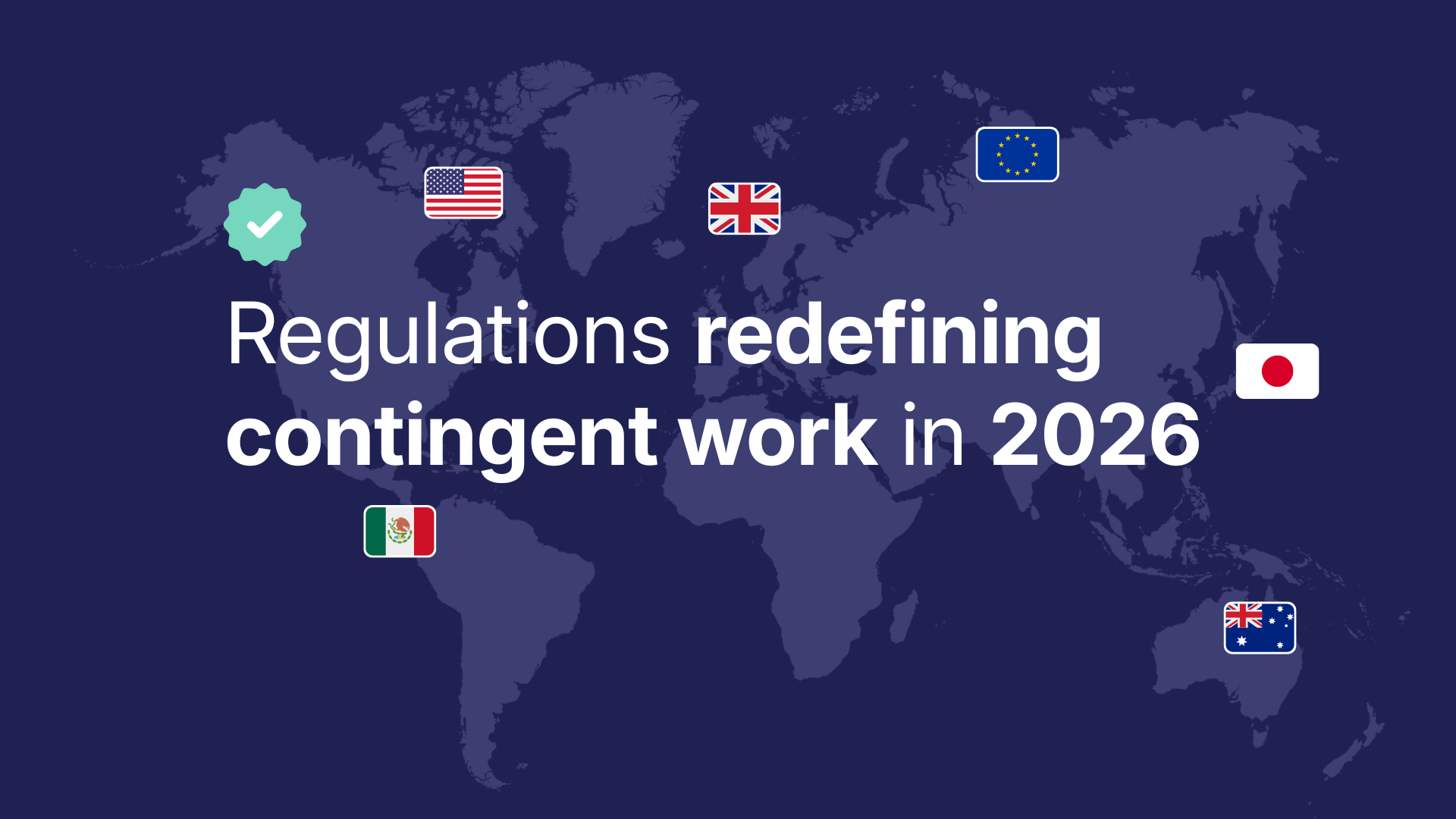It would be a grand understatement to say that any tax reform is smooth sailing - for any party. IR35 hits very close to home because there’s not an area of our business that this change does not effect.
And even when we tried to use our position to influence policy (like petitioning the UK Government to rethink its rollout strategy due to COVID), we knew we couldn’t just stand still and not be fully prepared for the eventual implementation of the Government’s reform.
And beyond all the changes we’ve made to the platform and service over the last two years, there are some hard facts that can’t be ignored, that we cannot influence. Facts that we all have got to come to terms with in order for the freelance economy to grow and for professionals to continue to choose freedom and flexibility in how they work. Here’s one of those truths relating to Personal Services Company (PSC) freelancers taking inside IR35 contracts:
If an assignment is inside IR35, things need to be done differently. There’s no getting away from that. April marks the point when the private sector becomes aligned with the way things have been done in the public sector for a few years now. Anyone telling you any different isn’t being honest with you.
There are a few key elements to the IR35 reform that we have written about, but one point that is worth continually repeating is the concept of rates within IR35.
If you take an inside IR35 contract via your PSC, instead of just having one rate, there’s two - the rate you charge for your services at the bottom of the chain (the Freelancer Assignment Fee), and the rate that YJ charges to clients at the top (the Client Assignment Fee). We’ve given you a calculator on the platform where you can number crunch these two numbers to your heart’s content. The bit to hang onto is this: your freelancer rate, the rate your PSC invoices for your services, is the lower number (Freelancer Assignment Fee).
And here’s why there’s two numbers: because there’s no magic money tree - the compliance obligations to HMRC (and costs of complying) need to be met by the money the client pays at the top of the chain. The amount in the gap covers that off.
For example, if your day rate today is £300, you would use our calculator and input the Client Assignment fee to £347. Your personal tax deductions (employee’s NIC and income tax) come off the £300.
If you need more detail on that, here’s our help article.
Let’s be really clear about one thing: we are not deducting employer’s NIC and apprenticeship levy from your freelancer rate (because that would be illegal). But Giant Business Connect has an obligation to pay them based on your freelancer rate. Where’s that going to be funded from? There’s only one place, the amount that YJ invoices to the client at the top of the chain.
To borrow an overused phrase from the past 12 months, that’s the new normal for any inside IR35 assignment. And not just on YJ. How much you can charge for your freelancer assignment fee is down to you and your relationship with your client. Since 2012, that’s what YJ has always, and will continue to be about.
One of YunoJuno’s core values is allowing freelances the freedom to structure their business in the way that best works for them. We continue to be committed to this. If you don’t want to be caught by an Inside IR35 contract, then that’s OK. Our platform still lets you operate in lots of different ways where IR35 won’t even hit your radar - we’re open for sole traders and umbrella company freelancers just like we always have been. And now we have a relationship with Giant Business Connect to enable any PSC the ability to take inside IR35 contracts and not fall foul of HMRC regulations.
We’ll continue to call things like it is because it’s in no ones interest to be unprepared.







